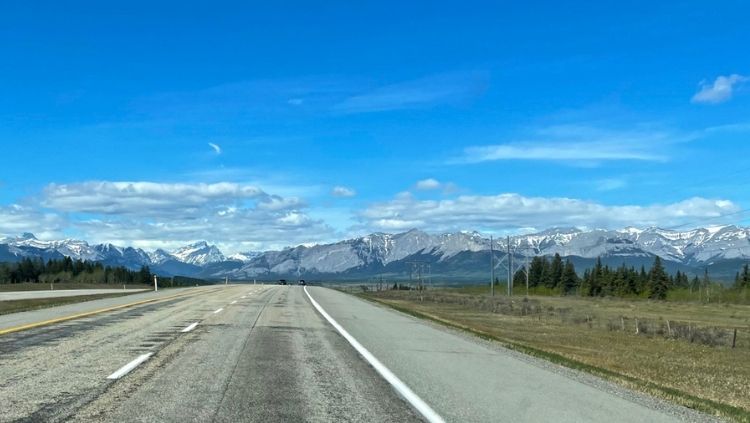
I love driving and it doesn't get much better than when on a road trip across the Rockies from Calgary to Vancouver and beyond to Vancouver Island.
This is only my second time driving west across the country. I've flown a number of times. I've taken the train. But there is nothing like driving it to really get a sense of the land and its people, as I'm sure you learned if you read Canadian Prairies Road Trip: Drama in a Subtle Land.
All landscape is interesting to me. How it changes and how it affects the economies and lifestyles of those who live there is fascinating. Towns and small cities are interesting as it's easy to meet people and experience the culture.
So, while the driving is exciting (truly, my breath has been taken away a number of times), stopping for a day, going to a local museum and hanging out at a coffee shop, talking to servers and patrons, enriches the road trip experience immensely.
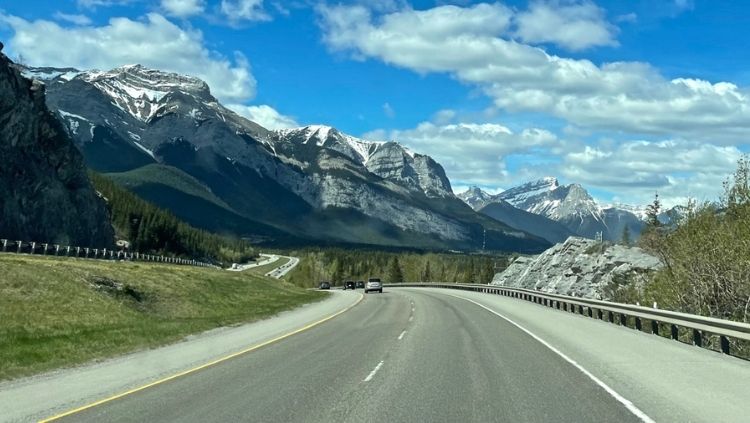
East to West on a Road Trip Across the Rockies
My biggest surprise on this section of the trip was that it seemed to be almost all downhill.
Upon reflection, it shouldn't have been such a surprise. Calgary's elevation is 3,428 feet. The highest elevation on Trans-Canada Highway 1 is on the Kicking Horse Pass at 5,337 feet. That's a climb of almost 2,000 feet. But note, that happens at the beginning of the east to west drive. One you reach that elevation, with the exception of a few ups, the drive is downhill to sea level in Vancouver.
The drive across the Rockies certainly demands attention but it is not difficult on Highway 1. On some of the steeper hills I downshifted to third gear to slow the vehicle down by the engine as well as the brakes.
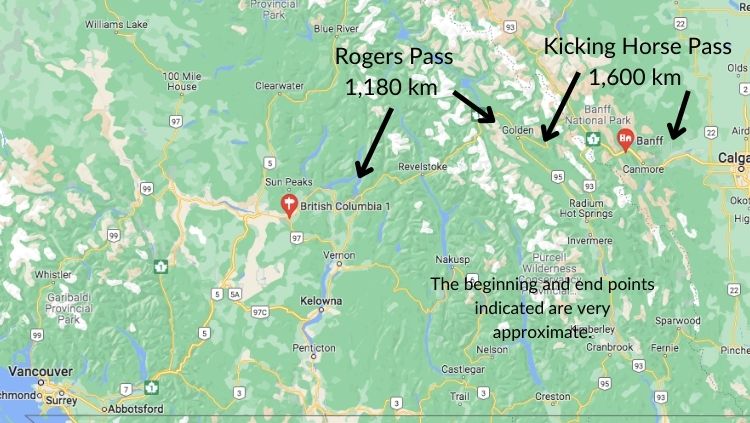
Which Direction to Drive the Rockies: Vancouver to Calgary or Calgary to Vancouver?
I met a number of people who had flown into Calgary or Vancouver to rent a van and do this spectacular road trip across the Rockies in one direction only. This raised the question of whether it's best to travel east to west or west to east along the Trans-Canada in British Columbia.
Choosing which direction to take on the Trans-Canada in British Columbia comes down to two considerations: your budget and whether you care when you see the most spectacular of Rocky Mountain scenery.
- Choose east to west, Calgary to Vancouver if you want to save money by conserving fuel as you will spend much less time climbing mountains.
- Choose west to east, Vancouver to Calgary if you want to leave the most spectacular scenery for last. In essence, the climax of mountain beauty is in the Kicking Horse Pass and it is on the Calgary side of the mountains.
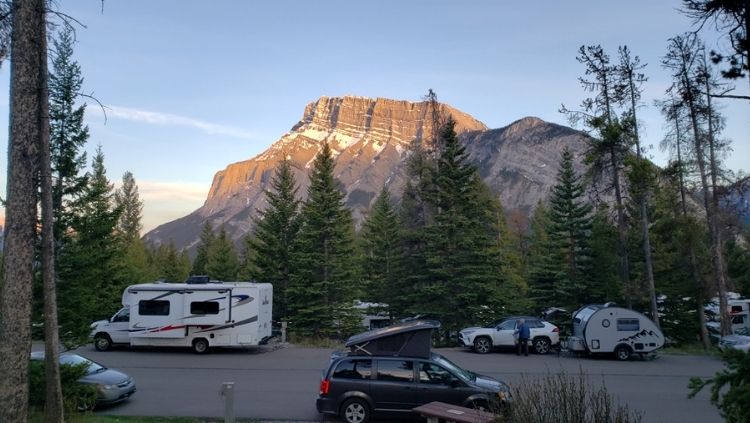
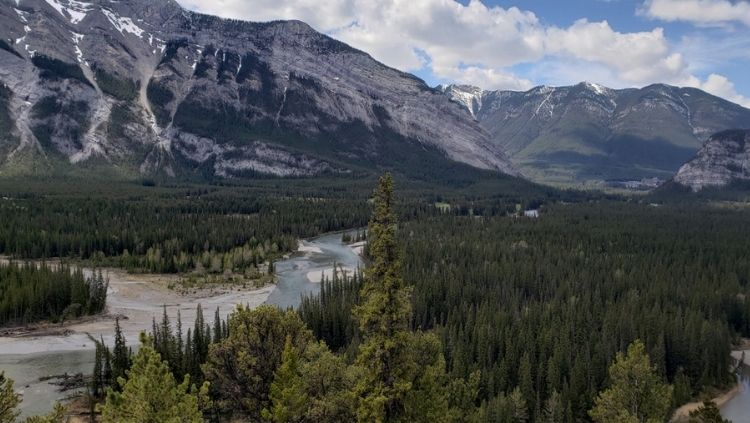
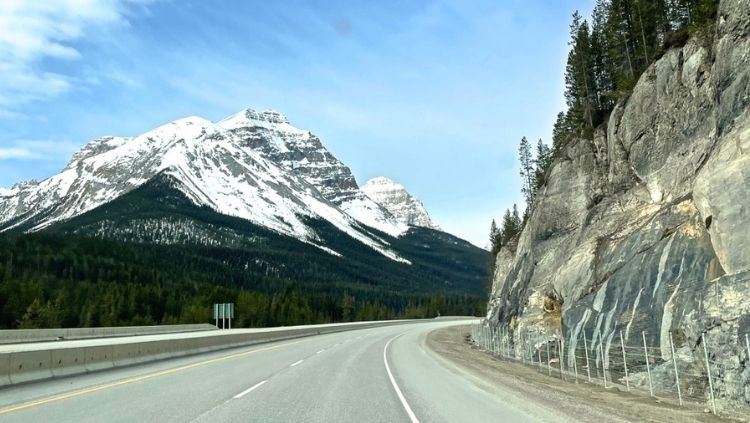
How Many Days to Plan for a Road Trip Across the Rockies
Naturally, you can drive the full length of the Rockies in a day. But why would you when you can settle in and truly enjoy the splendor?
Due to car trouble on the prairies, we had one less stop than planned in the mountains but we still took 4 days to drive it. I would suggest as many days as you can so that you have time to visit the small cities along the way, hike to amazing waterfalls, and relax in the beauty.
Our overnights were spent in Banff and Revelstoke. I would add another along Shuswap Lake if you have the time. However, we stopped numerous times on our travel days. We had a great lunch in Golden at the White Tooth Mountain Bistro (which I found on the Find Me Gluten Free app) and enjoyed the Roger's Pass information center.
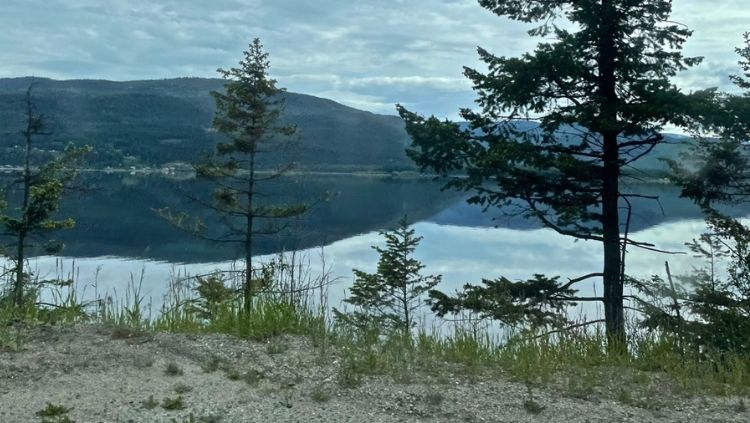
Vancouver and the Lower Mainland
The drive from Revelstoke to Fort Langley is more than I would usually want to do in a day, however, we lost a couple of days in Medicine Hat due to engine problems and had commitments for Simon to read from his new book in both Vancouver and Abbotsford. As a result, we spent one day less in the mountains than planned.
The drive is a fairly easy one at just over 6 hours and brought us into the Lower Mainland (Vancouver and the Fraser Valley) in the late afternoon. Staying in Fort Langley put us on the Fraser River, which was central for trips to Vancouver and Abbotsford and within easy access to Tsawassan and the ferry to Vancouver Island.
For what to do in Vancouver, read Solo Travel Destination: Vancouver, Canada.
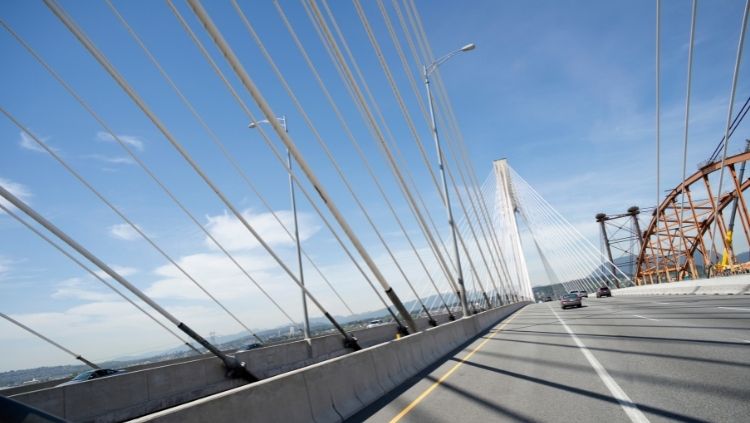
Vancouver Island – Getting There Without a Car
There are two departure points for ferries traveling from the Vancouver area to Vancouver Island, Horseshoe Bay and Tsawwassen. We traveled from Tsawwassen to Duke's Point, Nanaimo. B.C. Ferries has service to three points on Vancouver Island as well 5 Gulf Islands.
Taking the ferry with a vehicle is costly and requires a reservation. Walking on will cost you about $18 one way and does not require a reservation. Given that we were going to visit friends and not to drive around and explore, walking on made the most sense. Parking the vehicle for a day and a half cost $25.
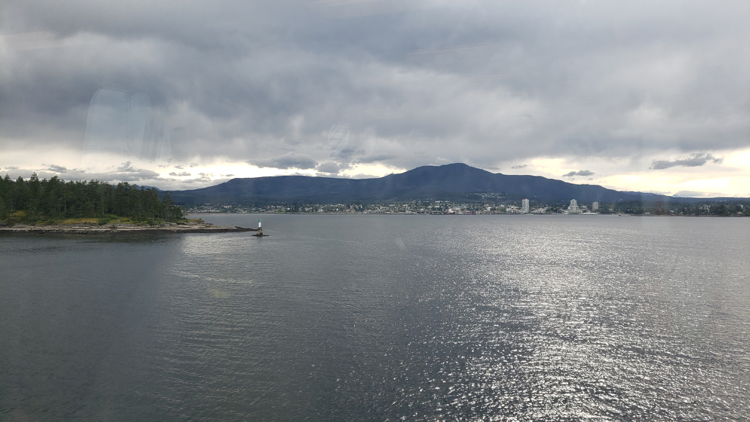
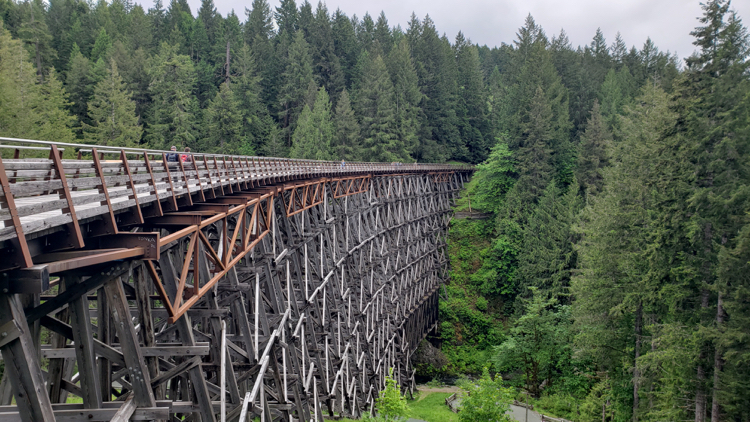

Considering a solo road trip? We've got you covered with the tips, advice, and inspiration you'll need:
